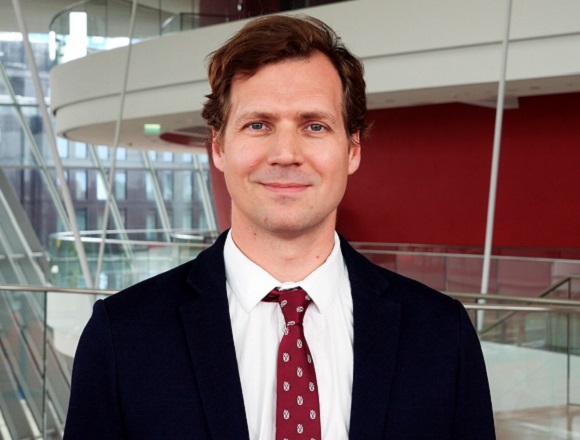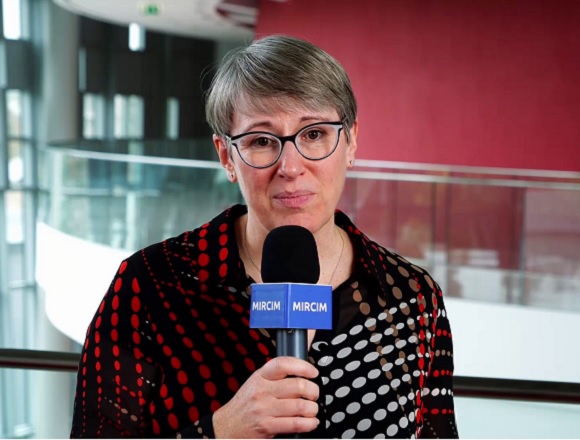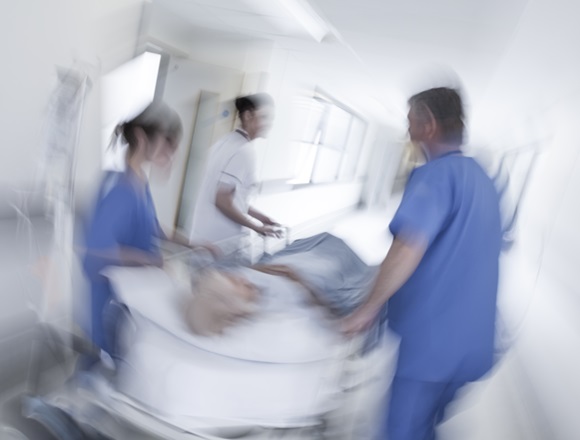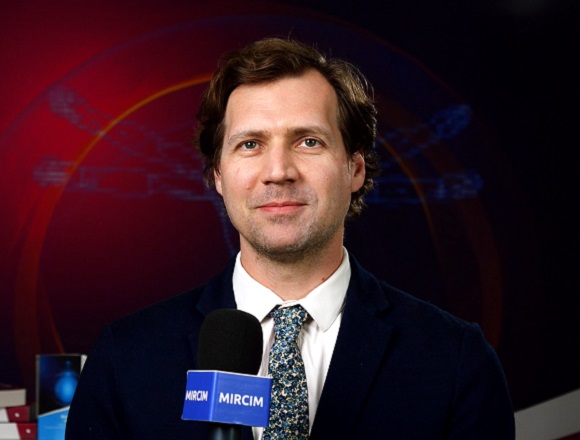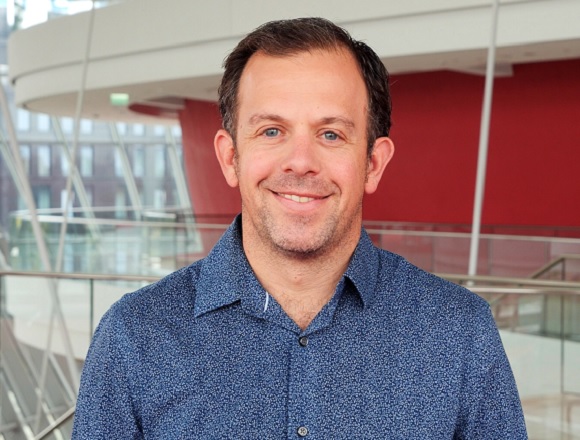Bram Rochwerg, MD, is a researcher and associate professor of medicine at the Faculty of Health Sciences, McMaster University, with expertise in critical care.
If you were to name the 3 most important recent advances in critical care that are relevant for everyday practice, what would they be?
It’s a great question and challenging [one]. There’s been a lot of great advances, I’d say, in the last number of years when it comes to the care of critically ill patients. Perhaps, and especially relevant to the topic that I spoke to here at the 7th McMaster International Review Course in internal Medicine (MIRCIM), might be the increasing use of noninvasive oxygen modalities in supporting patients with acute hypoxemic respiratory failure. We’re using these modalities more and more, and I think this was exacerbated during coronavirus disease 2019 (COVID-19), where we used things like high-flow nasal cannula, noninvasive positive pressure ventilation through any number of interfaces.
Thinking about other advances, and perhaps also linked in with COVID-19, is the increasing use of extracorporeal membrane oxygenation (ECMO) to support patients with such refractory hypoxemia that no matter how high you turn the ventilator, you’re unable to meet oxygenation demands. There are challenges with this new technology as well in terms of complications and trying to identify the ideal patient population to use this therapy, but it represents an exciting frontier, I think.
Perhaps the third most—maybe not a treatment itself—is an increasing recognition of the burden that critical illness plays on patients, not just in the short term but in the long term as well. And, I think, as more and more patients are surviving critical illness thanks to the therapies that we’re providing, there’s increasing recognition of how sick these patients can be for months and years to come, both physically and mentally, and it impacts their ability to return to their baseline level of functioning, return to work, return to being functional members of society. So, I think the burden on intensive care is recognizing this, and when we think of new interventions and new ways of treating these patients, thinking about the long-term sequelae as well.
 English
English
 Español
Español
 українська
українська

